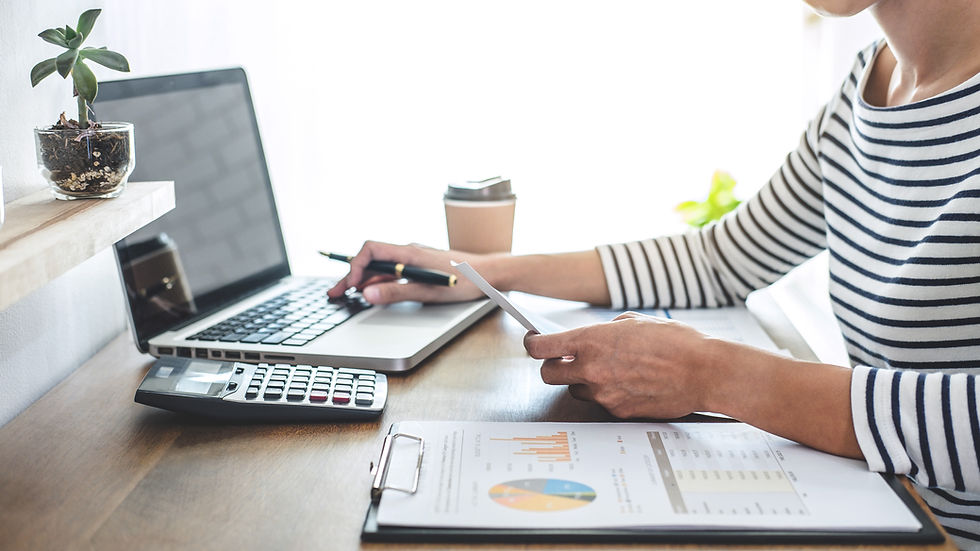The Balance Sheet: The Ultimate Snapshot of Your Business’s Financial Health
- lauren9472
- Feb 11
- 2 min read
If the Profit and Loss statement tells you how much money your business is making, the Balance Sheet tells you how much it’s worth. It provides a snapshot of your financial position at a specific point in time, helping you understand what you own, what you owe, and what’s left over.
1. What’s on a Balance Sheet?
A balance sheet is divided into three key sections:
Assets: Everything your business owns, including cash, accounts receivable (money customers owe you), inventory, equipment, and property.
Liabilities: What your business owes, such as loans, accounts payable (money you owe vendors), and any other debts.
Equity: The difference between your assets and liabilities—essentially, what belongs to the business owner(s).
The balance sheet follows the simple formula:Assets = Liabilities + Equity
2. Why is the Balance Sheet Important?
Measures Financial Stability – A strong balance sheet shows a healthy business with more assets than liabilities.
Helps Manage Debt – Understanding liabilities helps ensure you’re not over-leveraged.
Aids in Business Growth – Lenders and investors look at your balance sheet before approving funding.
Identifies Cash Flow Issues – If liabilities outweigh assets, you may need to rethink spending or financing.
3. How Often Should You Review Your Balance Sheet?
While P&L statements are often reviewed monthly, businesses typically check their balance sheet quarterly or annually to assess overall financial health. However, keeping it updated regularly helps in making informed financial decisions.
A well-maintained balance sheet is a powerful tool that helps you see the bigger picture of your business. Whether you're planning for growth, applying for a loan, or simply ensuring financial stability, your balance sheet is a key piece of the puzzle.
![SmartBird Logo[42].png](https://static.wixstatic.com/media/9351ad_add15e6df954462598fbaba1bf0267a9~mv2.png/v1/crop/x_0,y_10,w_1981,h_905/fill/w_311,h_142,al_c,q_85,usm_0.66_1.00_0.01,enc_avif,quality_auto/SmartBird%20Logo%5B42%5D.png)



Comments